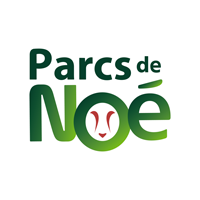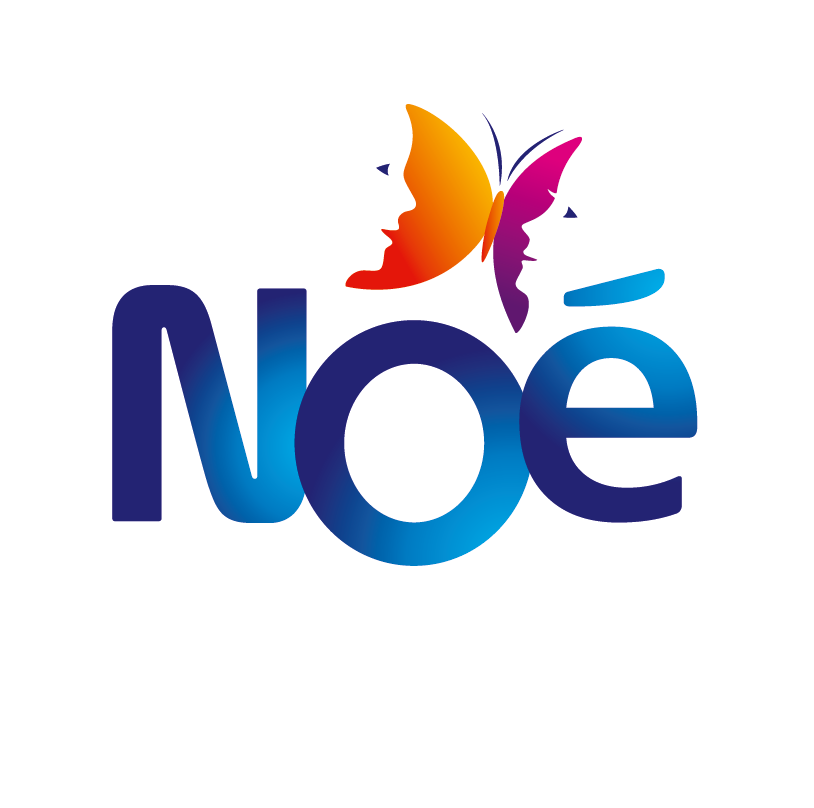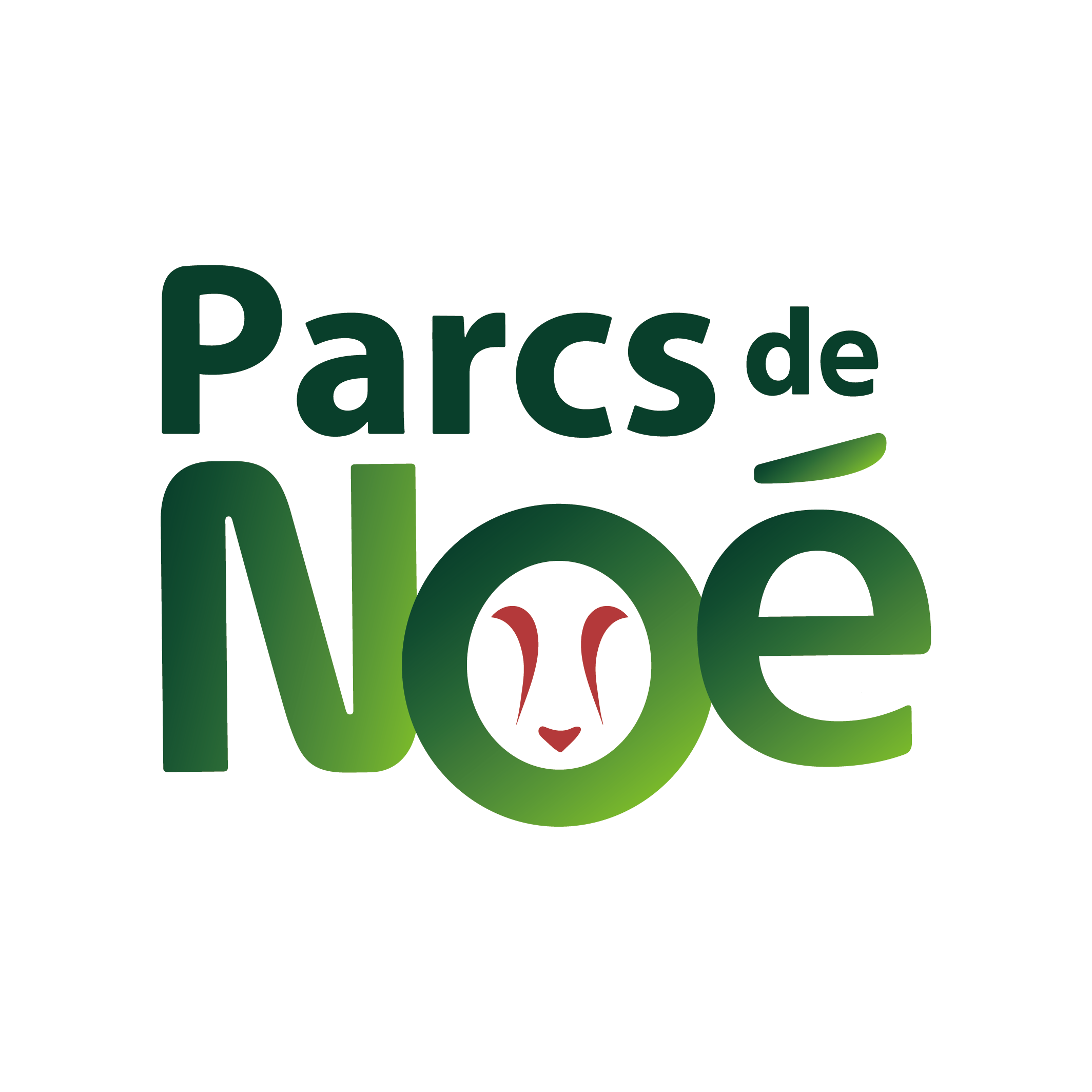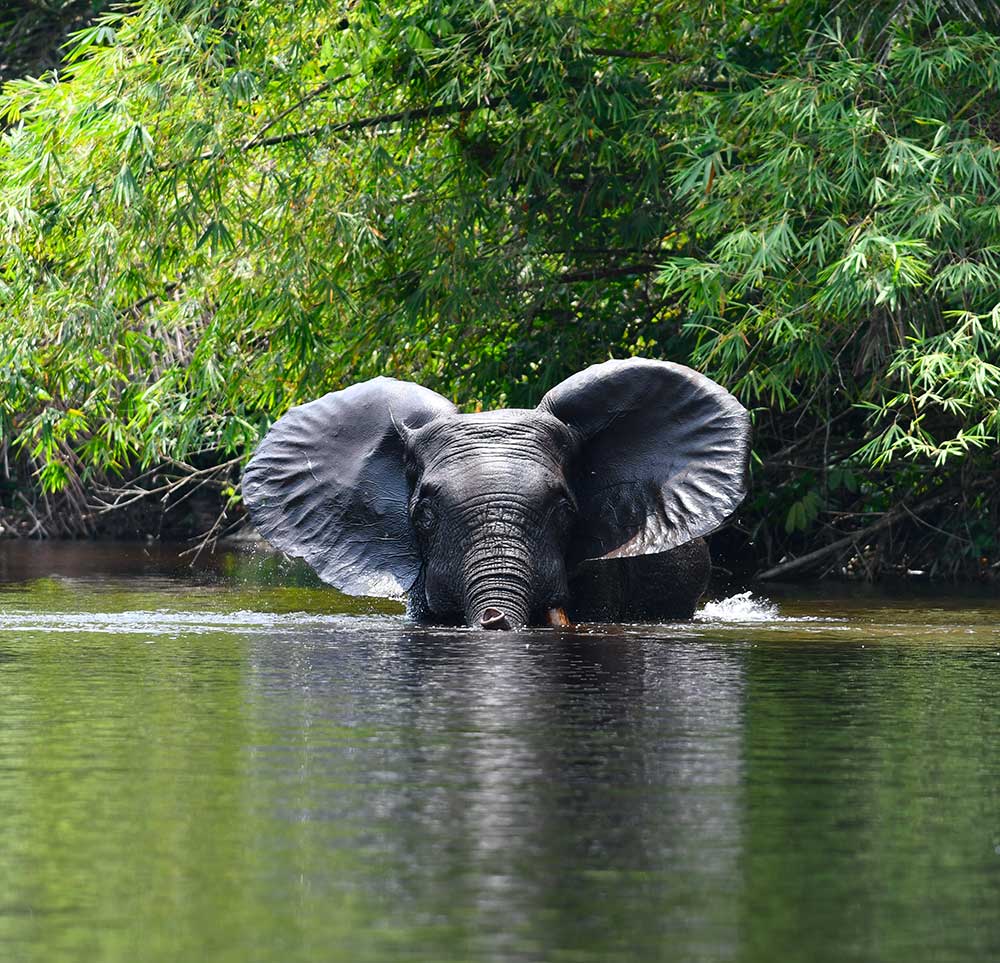
Where the african rainforest meets the ocean
The Conkouati-Douli National Park is located in the southwest of the Republic of Congo, on the border with Gabon, covering an area of 795,500 hectares (7,955km²), including a marine section of 412,195 hectares (a marine extension of a further 2,900 km² has been approved for 2023).. The park was created in 1999, replacing the Conkouati Wildlife Reserve created in 1980. This protected area is also recognized today as a Ramsar Site and is registered on the indicative list of UNESCO World Heritage. Along with the adjacent Mayumba National Park in Gabon, it forms a block of 600,000 hectares of unique coastal, marine and forest habitat. Conkouati is also home to a chimpanzee sanctuary created by the NGO HELP CONGO, which has reintroduced more than half of the 110 chimpanzees rescued from the bushmeat trade into their natural environment over a period of nearly 30 years.
In addition to its tourism potential (located 160 km from the country’s financial capital, Pointe Noire), this national park currently plays an important social and economic role in Congo. This can be attributed in particular to its maritime interface (over 1,200 km²) which ensures the renewal of fish stocks that allows the important fisheries sector to provide jobs and income for local communities.
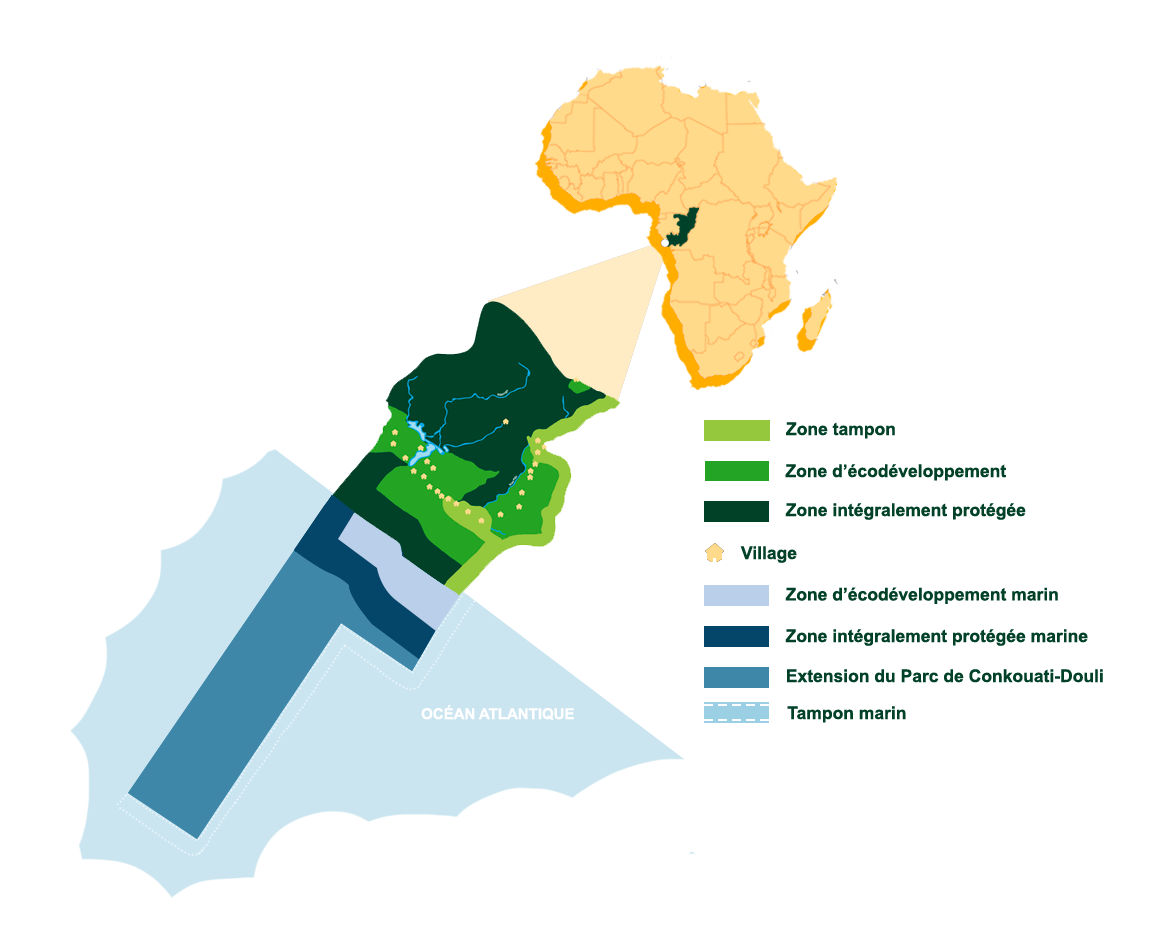
HECTARES
Consisting of a 420,000-hectare marine zone and 380,000 hectares of terrestrial habitat
COMMON CHIMPANZEES
An estimated 7% of the total population of this endangered subspecies, considered one of the closest living relatives to humans.
WESTERN LOWLAND GORILLAS
This is the smallest subspecies of gorilla but it is still exceptional in size (1.8 m and 270 kg) and strength
FOREST ELEPHANTS
The gardeners of the forest, facing increasing demand for ivory, which has led to a 60% decrease in the Central African population during the last 10 years
LEATHERBACK TURTLES
The largest turtle, having existed for about 110 million years, weighing up to 900kg and able dive deeper than 1 km
PEOPLE IN THE PARK
About 20 villages exist within the park’s ecodevelopment zone and are important partners of it
ATLANTIC HUMPBACK DOLPHINS
Critically endangered, with an estimated 1500 individuals left, endemic to the (sub)tropical west coast of Africa.
BOTTLENOSE DOLPHINS
Well known as the intelligent and charismatic stars of many aquarium shows, with their curved mouths like a permanent smile.
Astonishing diversity of terrestrial and aquatic wildlife
The park offers some of Africa’s best equatorial forest landscapes. It is bordered by the atlantic ocean and intersected by a river meandering through the forest, creating an extraordinary variety of ecosystems serving as the perfect playground for the great emblematic fauna of Central Africa including elephant, forest buffalo, leopard, sitatunga and chimpanzees (7% of the world’s population). The large Conkouati lagoon and its mouth, bordered by mangroves and white sandy beaches, harbour hippos, manatees and nesting leatherback turtles and also serves as a veritable spawning ground for many freshwater fish species as well as marine species such as rays and sharks. Finally, the ocean hosts dolphins and humpback whales, ensuring a magnificent spectacle each year with impressive breaching.
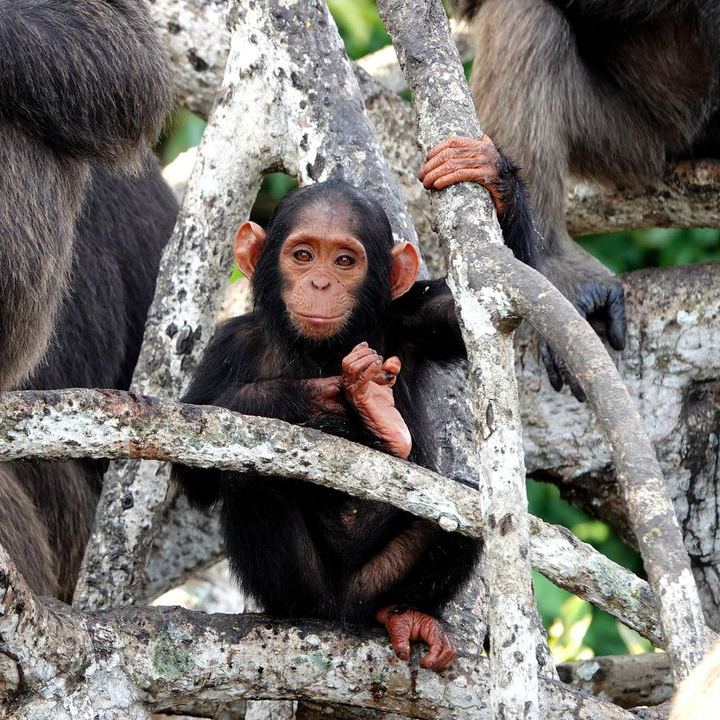
Our vision for the future
The vision for the Conkouati-Douli National Park is to remain a pristine refuge for the iconic wildlife of Central Africa benefiting local communities as well as mitigating global climate change.
To do this protection needs to be ensured, so Noé will:
- Renovate and expand the park infrastructures (HQ and satellite camps)
- Set up marine and terrestrial surveillance systems, including community intelligence networks.
Apart from protection, habitat needs to be monitored through:
- Identification of migration corridors, densities, distribution and dynamics of flagship species
- Setting up an (inter)national Research Center linked to the renown Chimpanzee Sanctuary
- Maintain and restore the fish stock regeneration capacities of the marine area of Conkouati
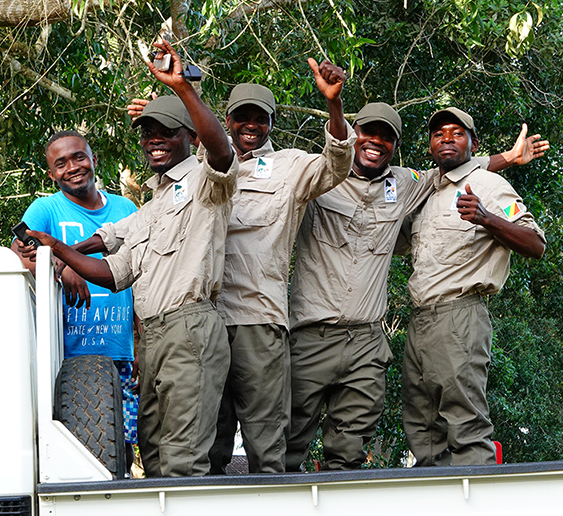
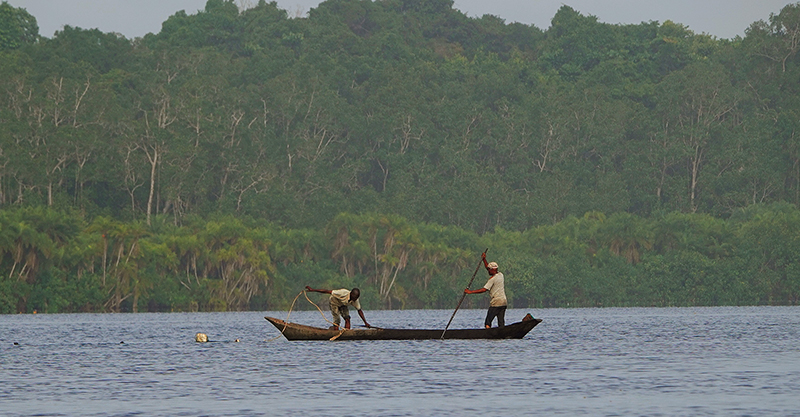
Livelihood and sustainability
At the same time the 7000 local people living in the park will be engaged by:
- Assimilating communities as park staffand in park governance systems
- Setting up a human–wildlife conflict mitigation plan(especially regarding human–elephant conflict) human – wildlife conflict mitigation plan (especially on human-elephant Conflict)
- Supporting local enterprises : small-scale fisheries, sustainable agriculture, Non-Timber Forest Products, etc.
- Supporting the education and local health posts
To ensure more sustainable income for the park in the future, Noé aims to :
- Ensuring that the oil and mining industryoperating in the periphery of the park is contributing to its management
- Boosting tourisminvestment in together with local operators and through international partnerships
- Valuing ecosystem services, especially carbon sequestration
